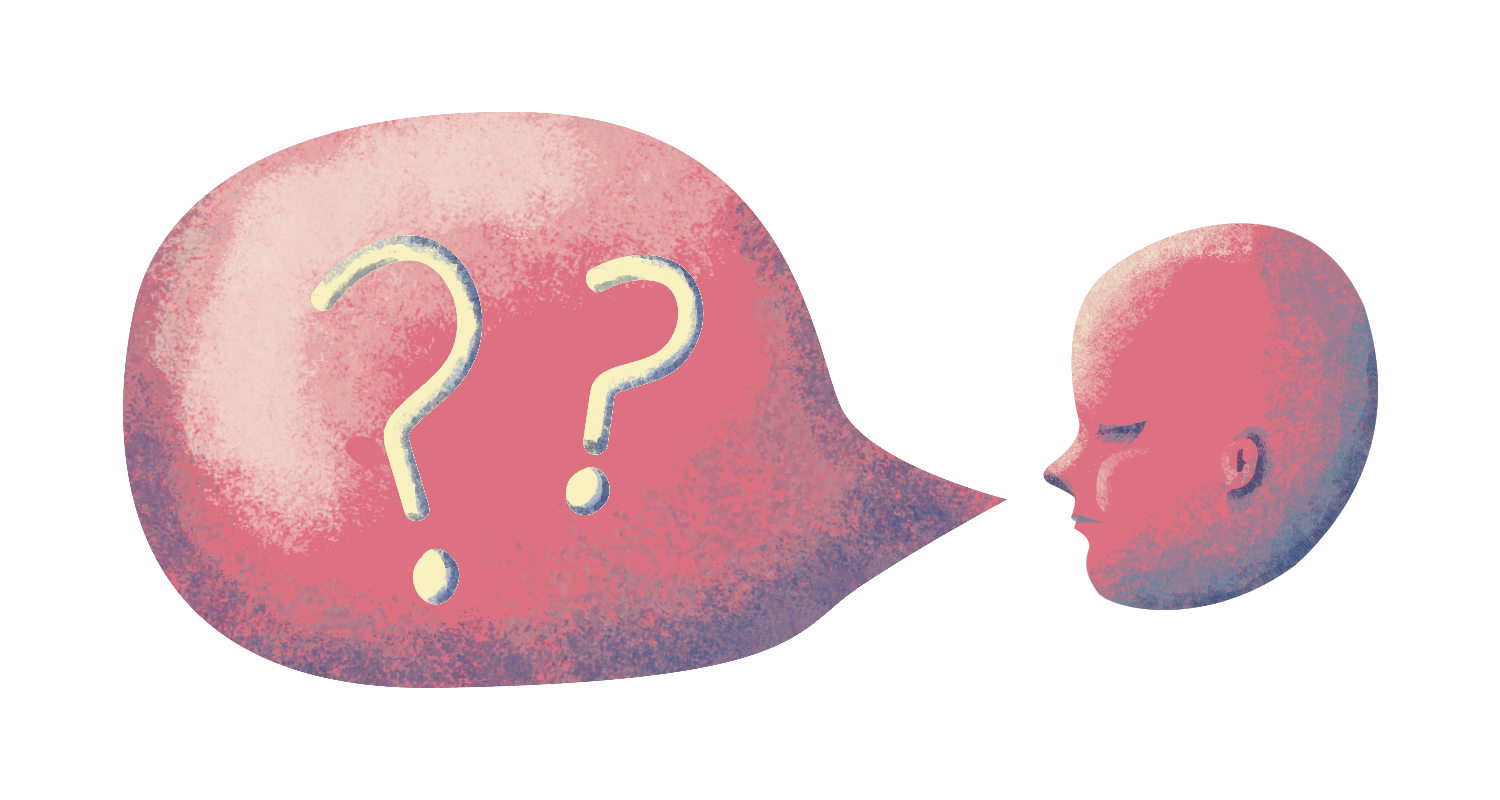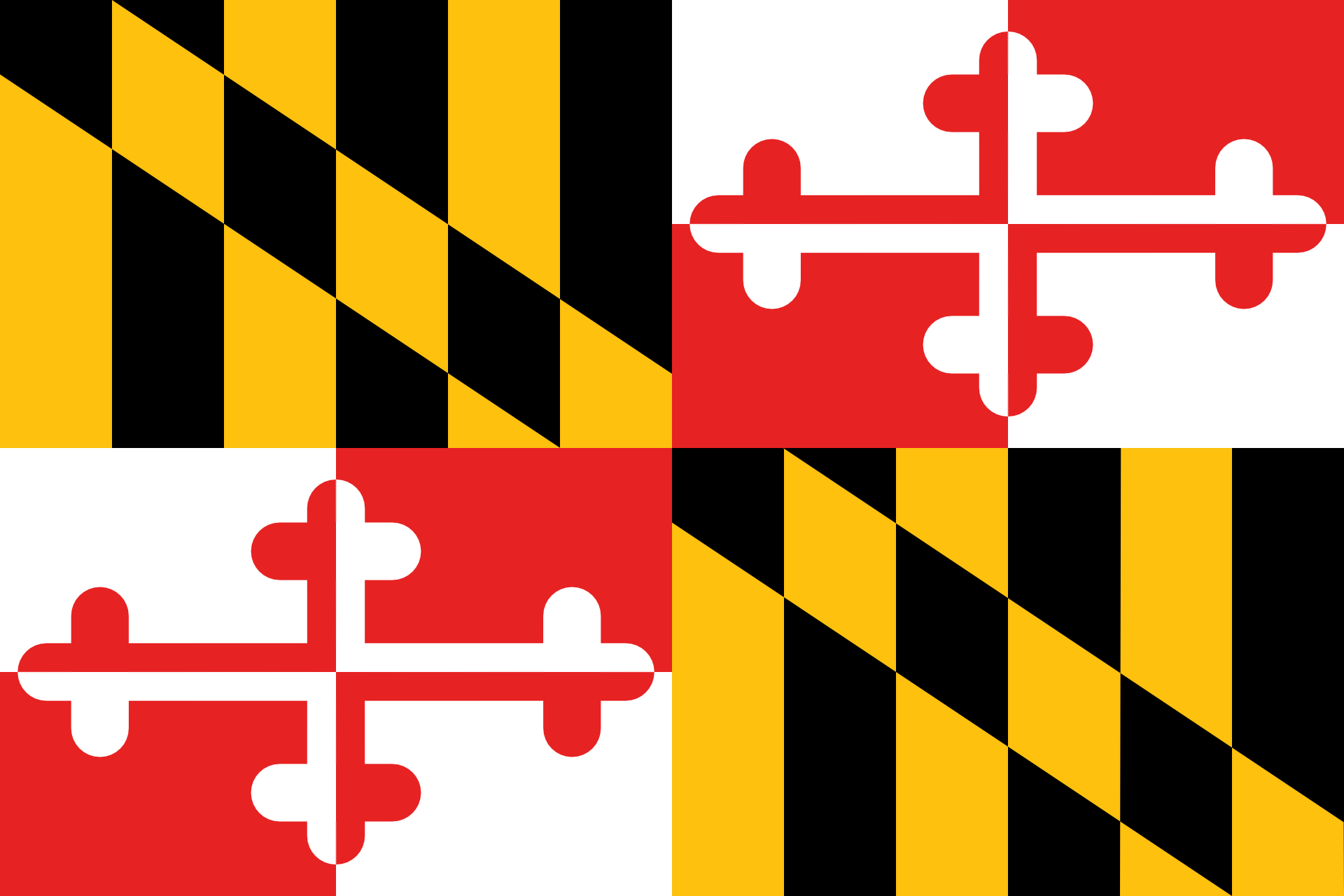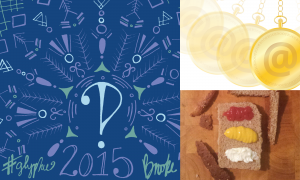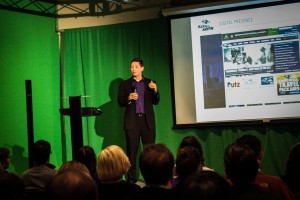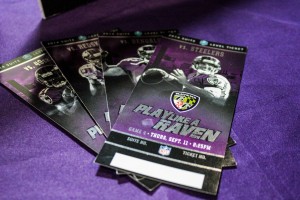In a world increasingly shaped by digital impressions and visual storytelling, great design is no longer optional; it’s essential. From the moment a customer encounters your brand, whether online or in print, their perception is shaped by what they see. That’s where professional graphic design steps in. It’s not just about making things look good; it’s about creating a visual language that reflects your brand’s purpose, communicates clearly, and builds trust. When done well, graphic design becomes a tool for connection, storytelling, and long-term success. Let’s explore how thoughtful, expertly crafted visuals can give your business the edge it needs.
Visual Storytelling That Speaks for Your Brand
Every brand has a unique story, and the right visuals can bring that narrative to life in compelling ways. Through colors, layout, typeface choices, and imagery, a professional designer can capture and express the essence of your business. Want to convey dependability? Cool, muted tones and clean lines might do the trick. Looking to promote energy and creativity? Vibrant color palettes and bold typography can help tell that tale.
Design elements such as custom icons, consistent brand motifs, and unique illustration styles can reinforce your identity and values across various platforms. When integrated thoughtfully, visuals do more than support your brand—they become your brand. Consider using packaging design, annual reports, or web page layouts to weave in these visual narratives. Even something as simple as a banner or email header can carry your message if crafted with intentionality.
Elevating Marketing Campaigns with Smart Visual Design
Marketing is where most brands first meet potential customers, so visual presentation needs to be on point. But successful marketing design is more than a pretty layout. It’s about guiding the viewer’s attention and encouraging action. A skilled designer creates layouts that draw the eye, support your message, and make your call-to-action pop.
Professional marketing materials, whether physical handouts or digital promos, work best when they’re clean, focused, and aligned with your brand identity. Design choices such as selective color use, deliberate spacing, and layered hierarchy help maintain clarity while adding sophistication. A common yet effective approach is to incorporate interactive elements in digital formats, such as scannable QR codes or clickable content in email campaigns. For printed materials, finishes like soft-touch lamination or spot UV can add tactile interest, ensuring your materials leave a strong impression.
Reinforcing Your Digital Presence with Design Consistency
Online, attention spans are short and competition is fierce. Your brand needs to capture attention in seconds, and design consistency is key. From your homepage to your Instagram feed, maintaining a uniform visual tone builds recognition and trust. A professionally designed suite of templates—tailored for web, social media, and mobile—allows you to keep content fresh while staying on-brand.
Another increasingly popular method to stand out online is incorporating interactive features into your website and digital ads. These might include hover animations, scroll-triggered effects, or micro-animations that guide users through your site in a more dynamic way. Additionally, strong visual design improves accessibility, ensuring that your brand communicates clearly with all users.
Gaining a Competitive Advantage with Original Design
In crowded industries, original, memorable design can be your greatest differentiator. High-quality graphics signal professionalism and intention, which directly influences how your brand is perceived. Whether it’s through an unexpected visual motif or a minimalistic approach that cuts through the noise, distinct design can elevate your presence above the competition.
One approach gaining traction is adaptive branding—where design elements evolve subtly across different platforms, seasonal campaigns, or niche audiences, while maintaining the core identity. This makes your brand feel dynamic and relevant without losing consistency. Another great tactic is incorporating user-generated content into branded visuals, creating a sense of community and authenticity around your business.
Keeping Your Brand Assets Alive with Adobe Express
While working with a professional designer lays the foundation for strong branding, Adobe Express offers a practical way for businesses to extend and manage their brand day to day. This platform is designed to make ongoing content creation fast, consistent, and accessible—no design background required. Here’s how Adobe Express can complement your professional design work:
- Maintain a Centralized Brand Kit: Store your colors, fonts, and logos so every piece of content stays consistent with your professional designer’s vision.
- Create Branded Social Media Posts: Keep your feeds active with polished, on-brand graphics sized perfectly for each platform.
- Use the Built-in Content Scheduler: Plan and publish posts across multiple platforms directly from one dashboard.
- Publish Blog Graphics: Add custom visuals and headers to your articles, helping posts look more engaging and professional.
Graphic design isn’t just decoration; it’s a powerful communication tool that shapes perception, builds loyalty, and moves your business forward. By investing in professional visuals and leveraging tools like Adobe Express to keep things consistent and fresh, businesses can maintain a strong, engaging brand across every touchpoint. Great design speaks volumes before a single word is said. Make sure what it’s saying reflects the heart of your brand.
Ready to connect with the region’s creative community? Join AIGA Baltimore and grow your network, skills, and impact alongside fellow designers shaping the future of design.”

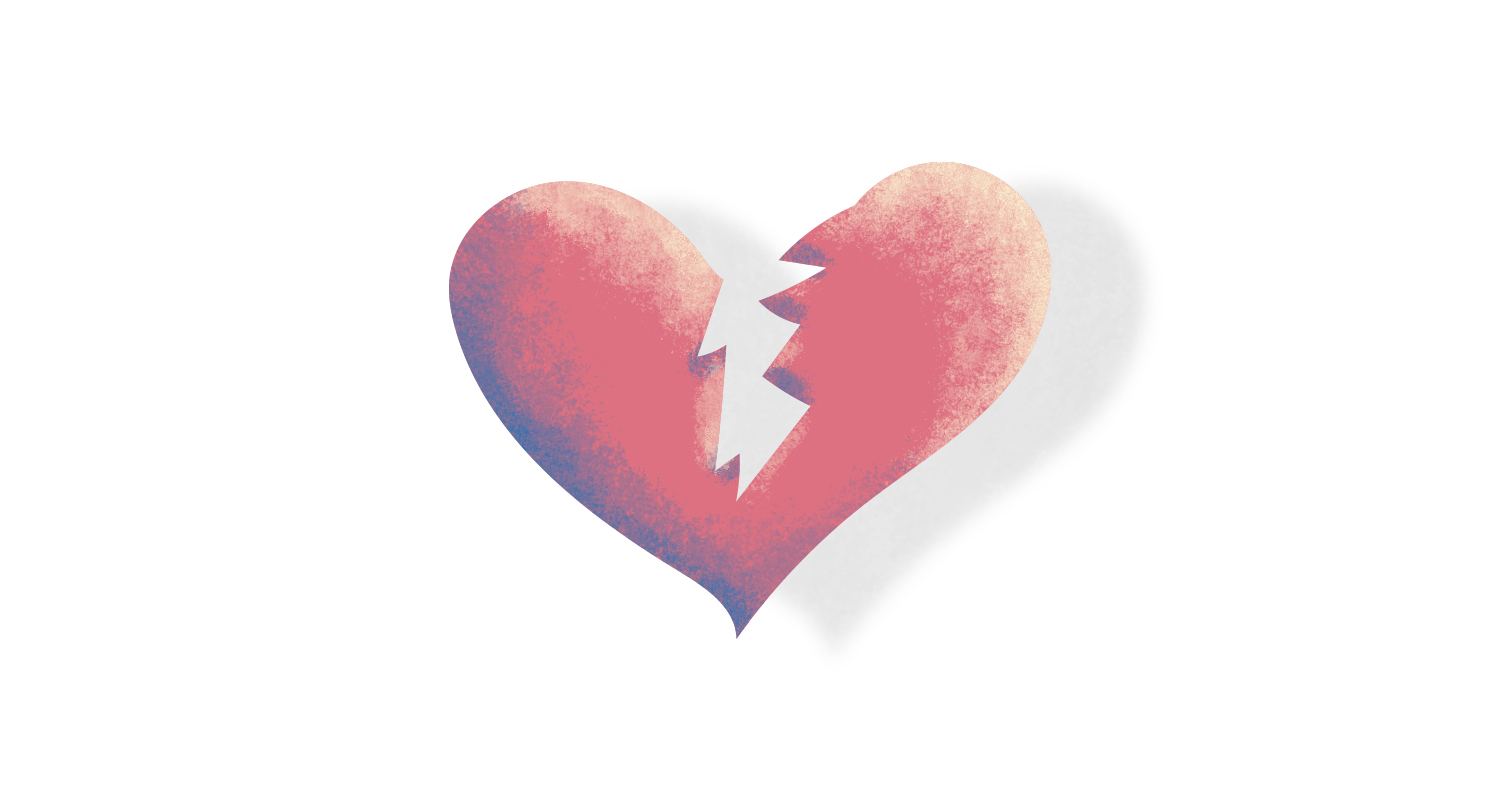 As creative people, we tend to get deeply attached to our work, but keep in mind that any criticism you receive is not directed at you but at the work you present. Reviewers don’t know how long it took you to make it, or if your piece has a profound personal meaning to you, they will be there to give you a neutral honest opinion about your designs. They are providing you with their time and knowledge to help you have a stronger portfolio.
As creative people, we tend to get deeply attached to our work, but keep in mind that any criticism you receive is not directed at you but at the work you present. Reviewers don’t know how long it took you to make it, or if your piece has a profound personal meaning to you, they will be there to give you a neutral honest opinion about your designs. They are providing you with their time and knowledge to help you have a stronger portfolio.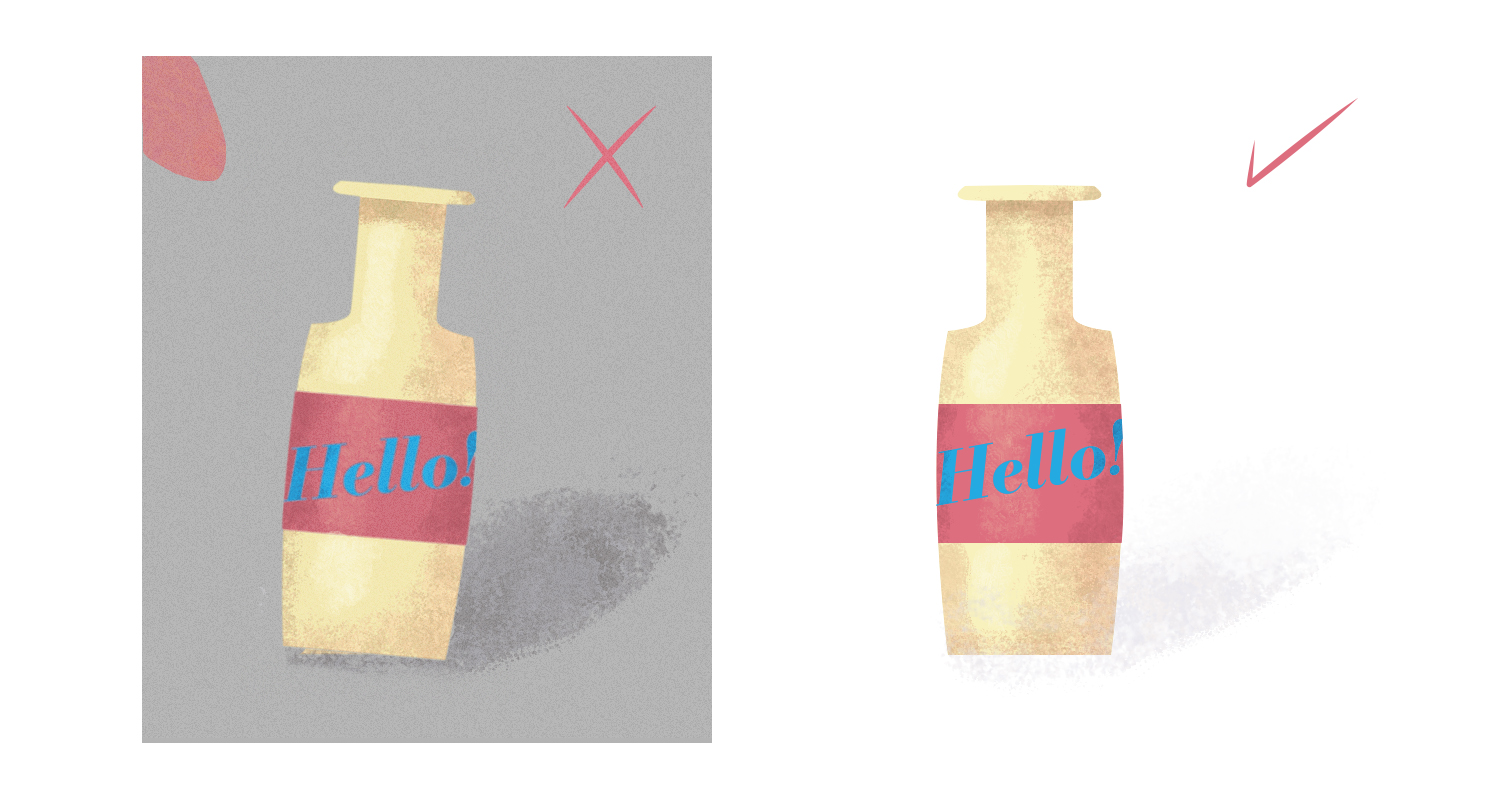
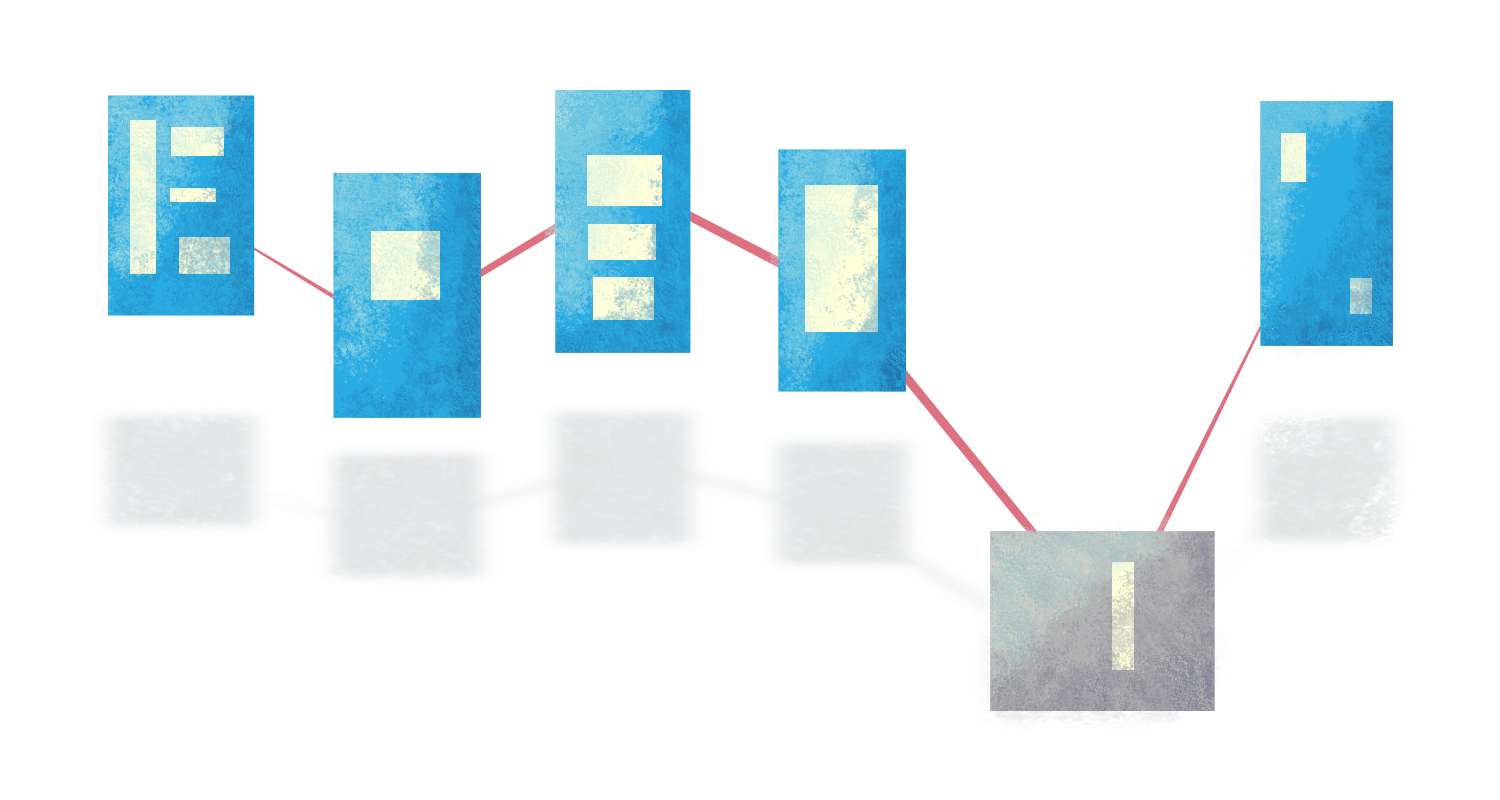 By consistency, I don’t mean including only print design, or only website design but rather the quality of the work. Every designer has good and bad pieces, so don’t feel pressured to include everything you’ve made. A few “meh” pieces can bring down the entire quality of your portfolio.
By consistency, I don’t mean including only print design, or only website design but rather the quality of the work. Every designer has good and bad pieces, so don’t feel pressured to include everything you’ve made. A few “meh” pieces can bring down the entire quality of your portfolio.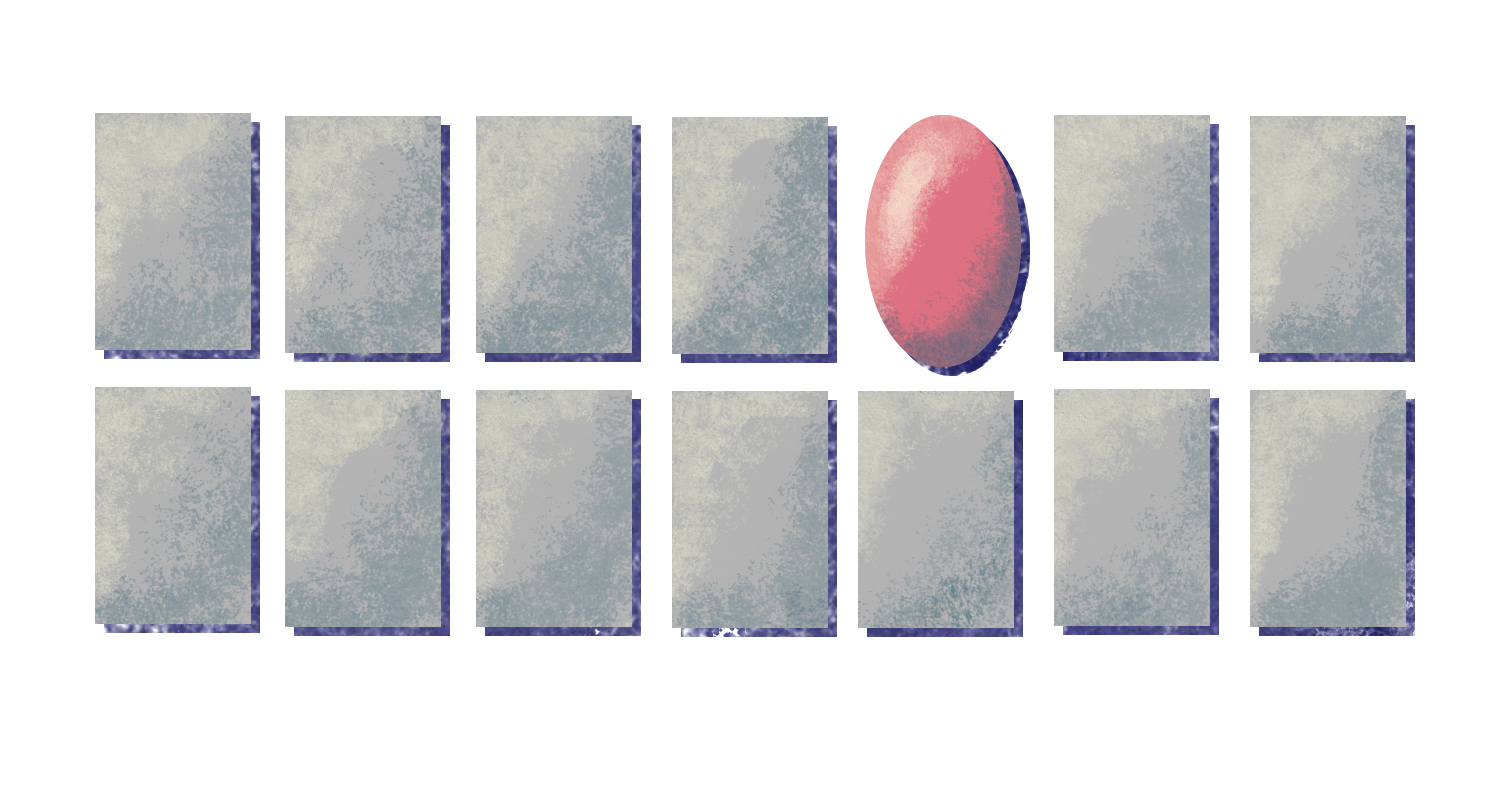 Nowadays with templates on the internet, pretty much anyone can come up with a business card design, but that doesn’t mean all of them are innovative. Include what makes you special. Examples of this could be your use of color, your minimalist or maximalist aesthetic or the way you mix fonts.
Nowadays with templates on the internet, pretty much anyone can come up with a business card design, but that doesn’t mean all of them are innovative. Include what makes you special. Examples of this could be your use of color, your minimalist or maximalist aesthetic or the way you mix fonts.